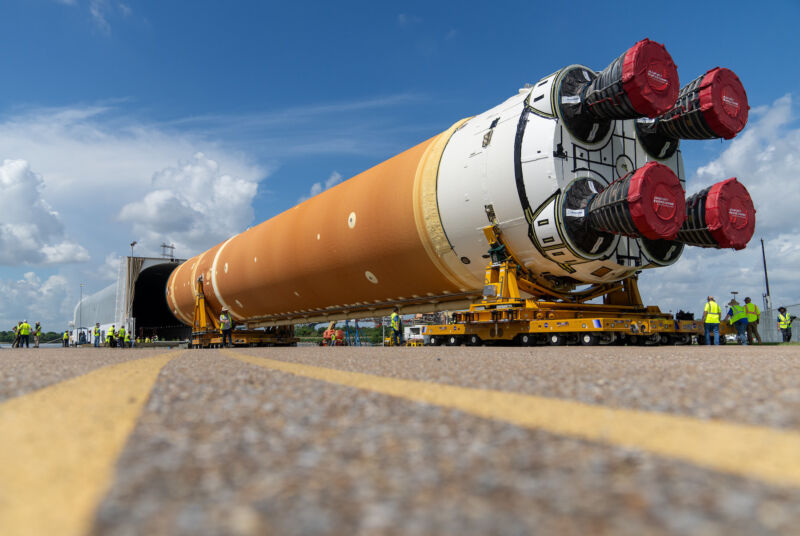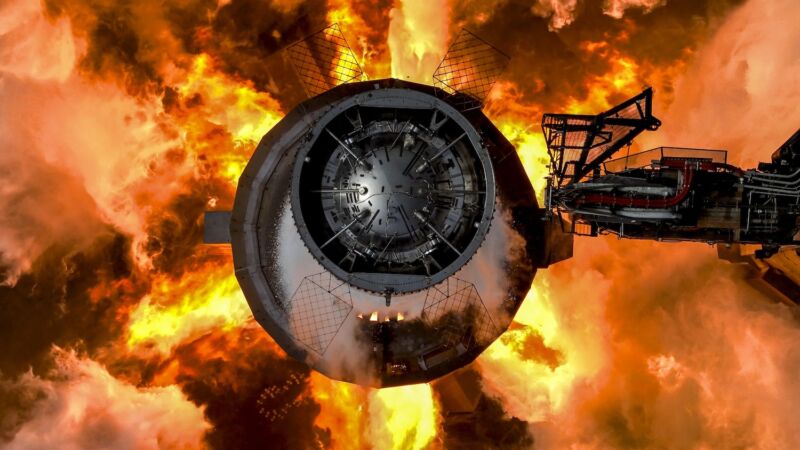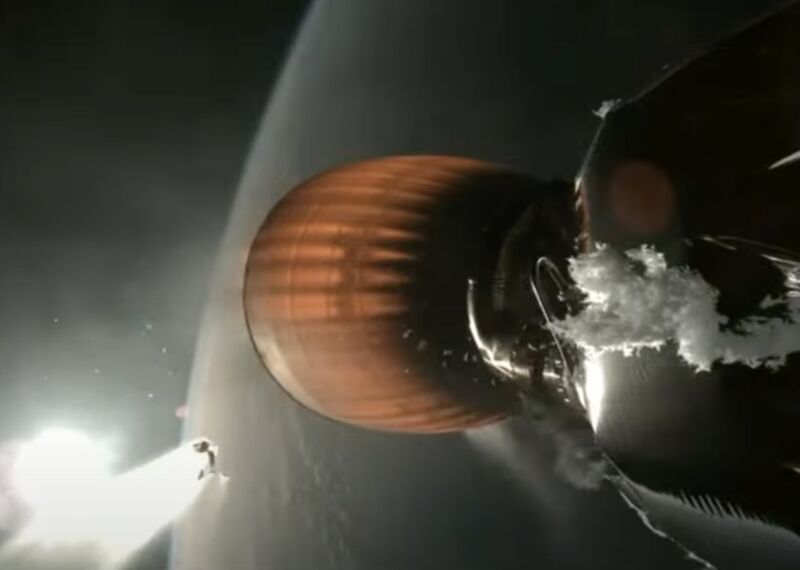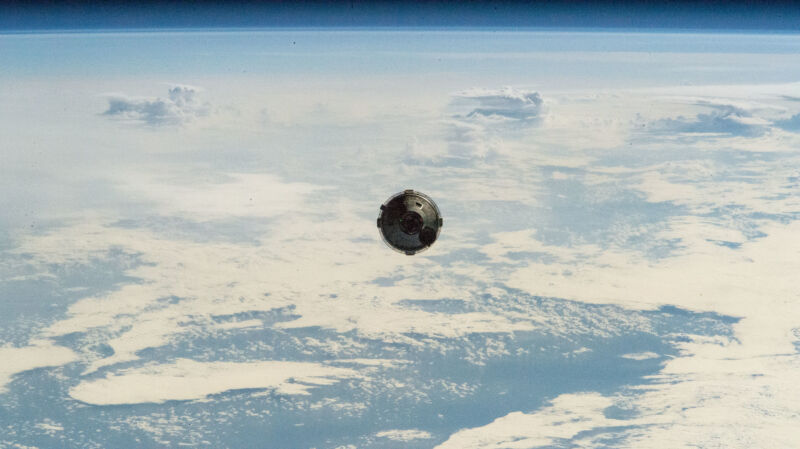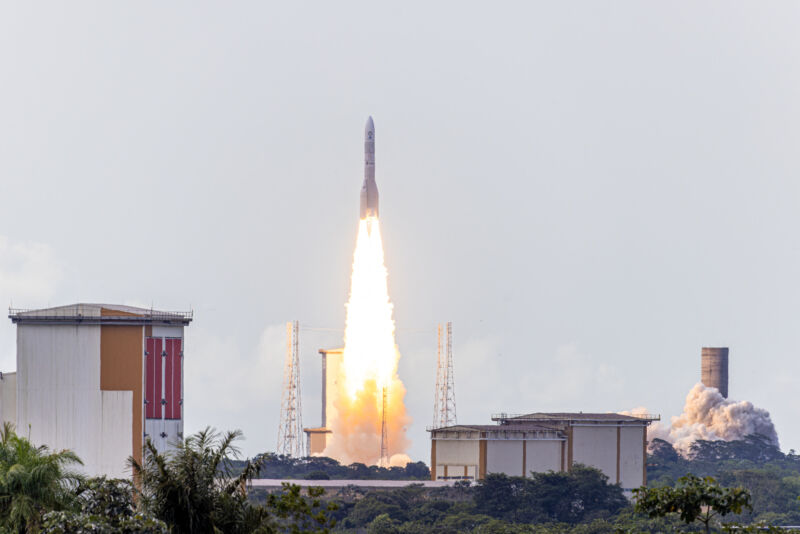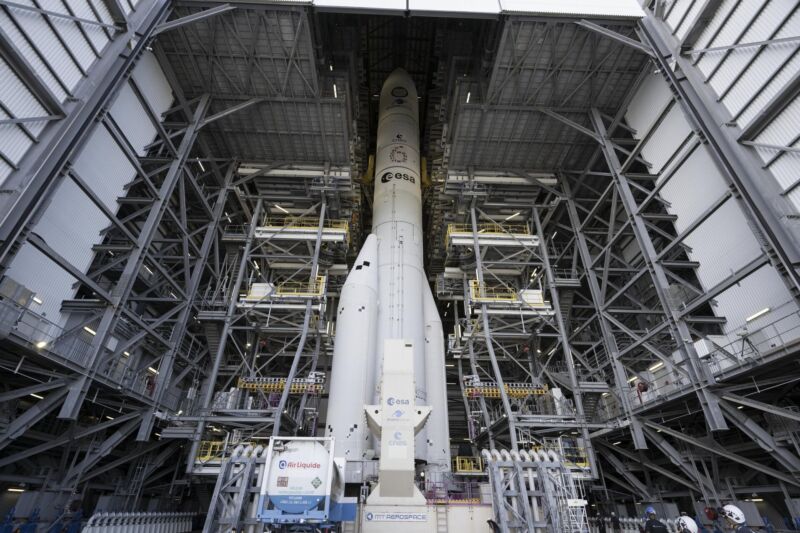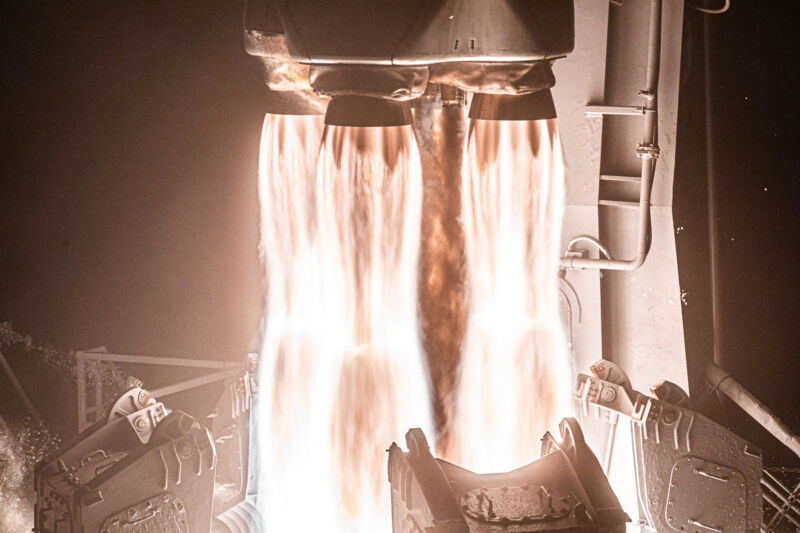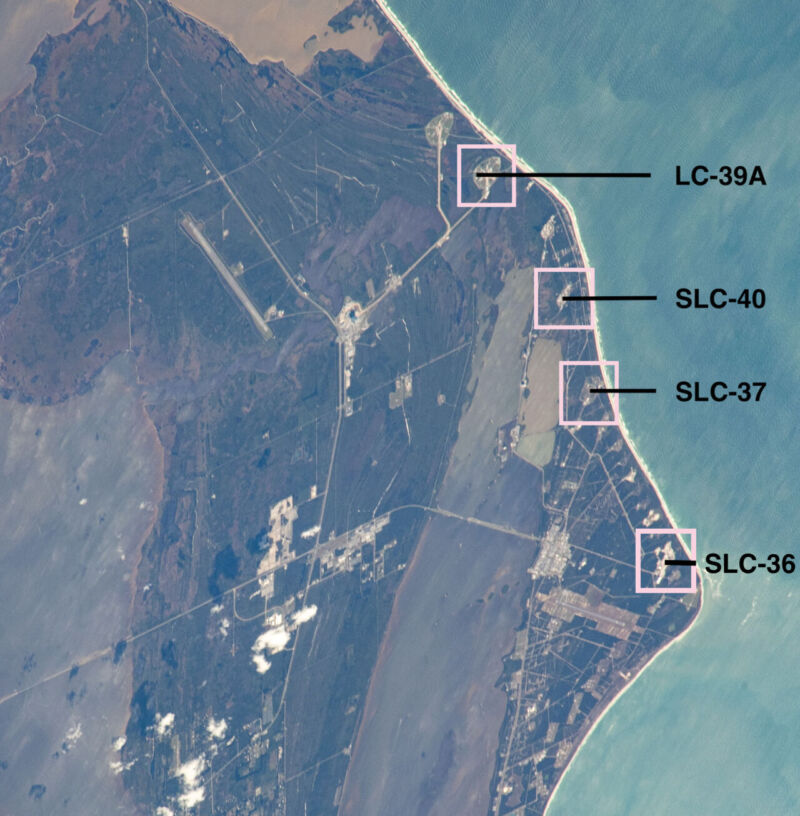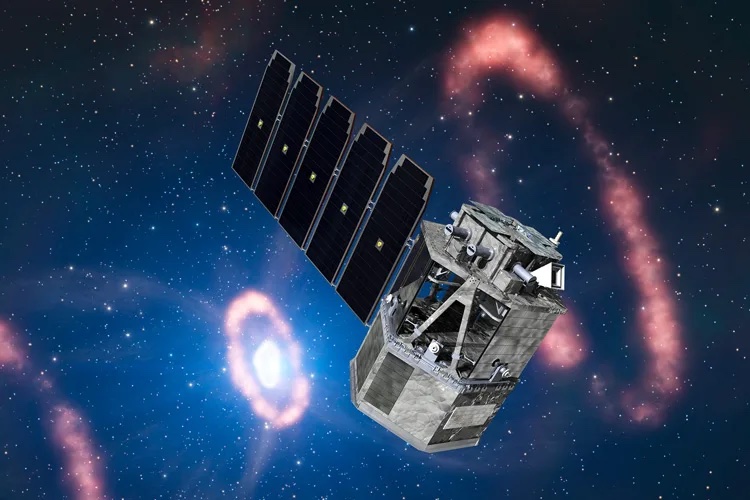“Not a bluff”—NASA’s budget would shut down long-lived Chandra telescope
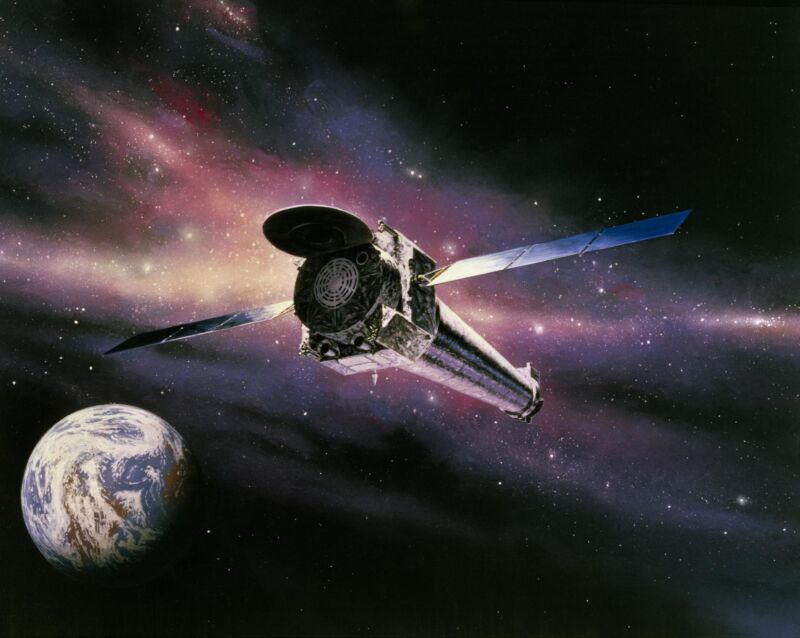
Enlarge / Artist's illustration of the Chandra X-ray Observatory. (credit: NASA/MSFC)
NASA launched the Chandra X-ray Observatory 25 years ago this week, opening a new eye on the Universe and giving astronomers vision into unimaginably violent cosmic environments like exploding stars and black holes. But Chandra's mission may soon end as NASA's science division faces a nearly billion-dollar budget shortfall.
NASA says it can no longer afford to fund Chandra at the levels it has since the telescope launched in 1999. The agency has a diminished budget for science missions this year, and the reductions may continue next year due to government spending caps in a deal reached between Congress and the Biden administration last year to suspend the federal debt ceiling.
Congress and the White House have prioritized funding for NASA's human spaceflight programs, primarily the rockets, spacecraft, landers, spacesuits, and rovers needed for the Artemis program to return astronauts to the Moon. Meanwhile, the funding level for NASA's science mission directorate has dropped.


